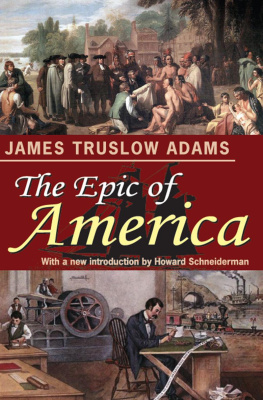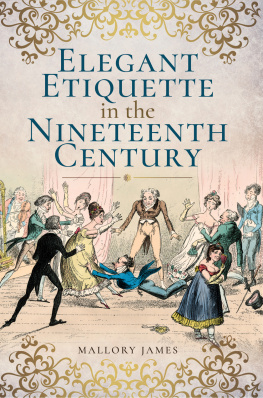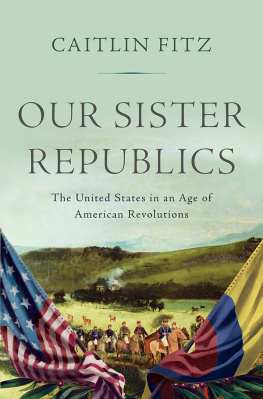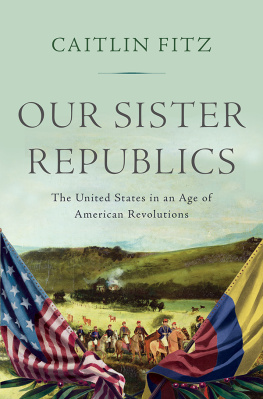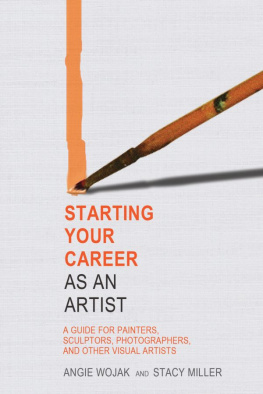

Published by The History Press
Charleston, SC 29403
www.historypress.net
Copyright 2006 by James A. Craig
All rights reserved
Cover image: Fitz Henry Lane, Bark Eastern Star of Boston, 1853, oil on canvas, 23 x 39 in. Private collection.
First published 2006
e-book edition 2013
Manufactured in the United Kingdom
ISBN 978.1.62584.442.2
Library of Congress Cataloging-in-Publication Data
Craig, James A.
Fitz H. Lane : an artists voyage through nineteenth-century America / James A. Craig.
p. cm.
Includes bibliographical references and index.
print edition ISBN 1-59629-090-0 (alk. paper)
1. Lane, Fitz Hugh, 1804-1865. 2. Landscape painters--United States--Biography. 3. Luminism (Art)--United States. I. Title: Artists voyage through nineteenth-century America. II. Lane, Fitz Hugh, 1804-1865. III. Title.
ND237.L27C73 2006
759.13--dc22
2006006792
Notice: The information in this book is true and complete to the best of our knowledge. It is offered without guarantee on the part of the author or The History Press. The author and The History Press disclaim all liability in connection with the use of this book.
All rights reserved. No part of this book may be reproduced or transmitted in any form whatsoever without prior written permission from the publisher except in the case of brief quotations embodied in critical articles and reviews.
To Mitak oyasin.
Contents
Preface
From bold canvases depicting storm-tossed seas to tranquil images of harbors bathed in the roseate hues of sunset, from studies of bustling wharves teeming with activity to sketches of regal sail ships lying quietly at anchor, the artwork of Luminist painter Fitz H. Lane was a triumph, succeeding in capturing the atmosphere, character and moods of mid-nineteenth-century coastal New England.
Today the works of this great Gloucester artist, celebrated as one of Americas preeminent marine painters,
Meanwhile the general public continues to seek out images of Lanes handiwork in books, prints and on the Internet in ever-increasing numbers. To date, 156 titles attempting to explain the works of Fitz H. Lane have been published, offering intimate insights into this mans career. His brush strokes, his color palate, the changes in his style and subject matterthese and more are discussed at great length, but as of yet no attempt has been made to truly explain the man who made these timeless images. So much focus has been put upon his creations that Lane himself has become but an incidental detail, a pale ghost shoved to the back, eclipsed by his own artwork.
The year 2004 marked the 200th anniversary of the birth of Fitz H. Lane, and it is inevitable that a milestone anniversary such as this should invite a host of questions: Why are Lanes paintings so valued? What is it about his work that makes it so quintessentially American? What is the significance of his art, and what relevance does it bear for people today, dwelling in the twenty-first century? In an attempt to answer these questions, the Cape Ann Historical Association, possessor of the worlds largest collection of Fitz H. Lane paintings and sketches, hosted a three-part lecture series focusing upon Lane in July 2004. Crafted with a diverse audience in mind, these lectures sought to capture the interest of the layman and the scholar alike. By exploring not only his art but also what it depicted, the time in American history during which it was being created and the few bits of personal history scholars have been able to uncover, the three addresses not only served to acquaint the public with Lane, but also offered a more intimate and complete understanding of this great painter than perhaps has ever been afforded before.
This book was born of those three lectures, inspired by the suggestions and feedback of those who attended and the encouragement of friends and colleagues. It is hoped that, indeed, a more thorough understanding of Lane shall be gained within these pages.
The story of Fitz H. Lane is one of native-born genius, of a man documenting the progress and change that unfolded during one of humanitys most dramatic and confusing historical epochs. It is also one of overcoming obstacles, celebrating ideals, honoring the inventions of man and the serene, eternal grace of the natural world. And yet it is also a tale shrouded in mystery. Lane left us few clues as to his everyday comings and goings. Only a handful of personal correspondences and contemporary newspaper articles have survived, and to our knowledge Lane never kept a journal or diary. To reconstruct his life scholars are forced to employ the techniques of the detective, pasting together a small, fragmented collection of exhibition records, legal documents, contemporary newspaper clippings and Lanes most telling of documentshis artworkall in the endeavor to flesh out this extraordinary man.
Acknowledgements
In the telling of this tale I have many persons to thank. First and foremost, to Mr. Erik A.R. Ronnberg Jr.a man of unequaled and boundless genius who has devoted years of research and study to Lane and the maritime world in general, I lift my voice in the heartiest of salutations. Your questions and guidance moved me to look in places I would never have thought to, and helped shape this book into something far greater than it otherwise would have been. Mr. Ronnberg, may you receive the just honors you so richly deserve.
As well I must thank the great laureate historian of Gloucester, author Joseph Garland, for encouraging me to pursue the idea of a Lane book and then being so kind as to put in a good word for me with his (and now my) publisher, Ms. Kirsty Sutton, to whom I also offer heartfelt words of praise and thanksgiving. I also acknowledge my sincere indebtedness to artist and fellow curator Susan Erony, for suggesting the creation of the lectures that led to this book in the first place. Words of gratitude must be extended to archivist Stephanie Buck and her husband FredStephanie, for bringing to my attention Judith Millett, Annette Babson and a host of other primary sources, and for her wise counsel; Fred, for selflessly volunteering his time to scan many of the images that are to be found within this tome. To Marcia Steele and Moyna Stanton of the Cleveland Museum of Art, and Henry Travers Newton, I wish to voice my praises for their pioneering work on the methods, tools and techniques of Fitz H. Lane, and for letting me be privy to their investigations. I must also thank Karen Quinn and company from the Museum of Fine Arts, Boston, for letting me be privy to their investigations. Ms. Quinn also deserves special words of thanks for her help in the viewing of the MFAs collection of Salmon, Doughty and Fisher works, her assistance in tracking down various Lane paintings and for her input concerning the effects of tourism on nineteenth-century painters and their craft.
I bow my head in humble appreciation to Ms. Catharina Slautterback of the Boston Athenaeum, without whose help simply could not have happened, given her immeasurable knowledge of and assistance concerning nineteenth-century American lithography; and to Mary Warnement, also of the Boston Athenaeum, for her facilitating my access to the Athenaeums collection. For his extreme generosity, Mr. Peter Nicholas must also be remembered, and Mr. Ronald Bourgeault of Northeast Auctions and Carey Vose of Vose Galleries deserve special mention for their help in tracking down exquisite and rare Lane paintings within private collections. The staff at The Finer Image of Danvers, Massachusetts, and Gino and Company from Northlight Photo deserve recognition for their expert scanning/ photography of those images Fred Buck didnt copy, and deserving acknowledgement as well are Mary McCarl, Ellen and Paul Nelson, and Elizabeth Waugh, gentle souls whom I feel should be recognized for all their assistance, ideas and encouragements, as well as for their warm friendship.
Next page

